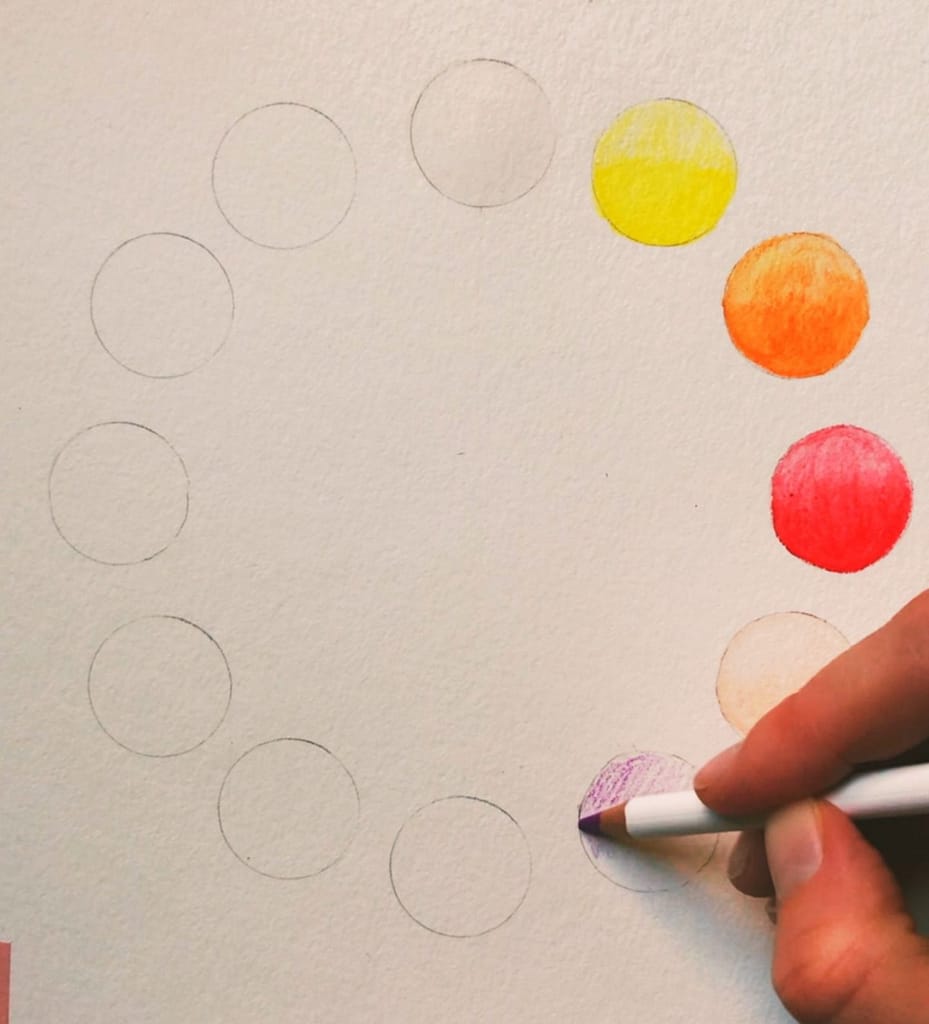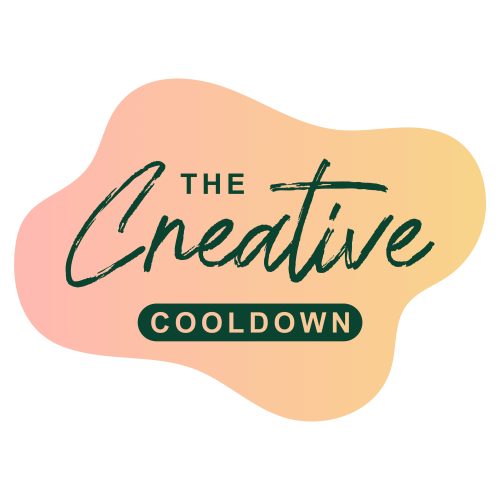Color swatching is not only useful, but it can be a really relaxing activity as well.
When I have new material, I always like to try out all the colors first. Sometimes they are different from what you expect and it is useful to see them before you start painting or drawing.
For me, color swatching is really relaxing and helps me to slow down and just focus on filling in my color swatch chart. There is no pressure to create something, you can just concentrate on getting your color on the page. Notice how your pencil or brush feels on the page and forget the rest for a moment. Really be in the now.
It is also fun to try out the colors with more and less pigment, so you can see what kind of variations you can make with just one color.
Enjoy your color swatching!
You can find a small video of this exercise on my instagram @thecreativecooldown
Supplies used:
Sheet of watercolor paper (Strathmore 400 series), watercolor pencils (Winsor & Newton), pencil, helix circle maker, water.
Alternative supply suggestions:
You can do this exercise with whatever art supplies you have, such as colored pencils, crayons, watercolor, markers, brush pens or other paints. Everything with color will do.
Instructions:
1. Count how many colors you have and draw that many circles. I used a helix circle maker for the circles, but you can certainly use whatever round object you have to make circles, such as a small glass. If you don’t like circles please feel free to draw whatever shape you’d like.
2. Start with filling in your circles with the colors you have. With most art supplies you can play with the amount of pigment to make it darker or lighter. For watercolor that can be achieved by adding more or less water. For colored pencils or markers you can add multiple layers to make it darker. Use less pigment in the upper half of your circle and more pigment in the bottom half. Make sure that when you use water, that you start with the lighter part first otherwise you will drag the pigment from the bottom half to the lighter part and it will get too dark and you will loose the contrast between them.
3. Add the names of the colors when you’re done. Now you can use this sheet as a reference for these supplies.
If you liked this exercise and you would like another similar one you could try my mindful color blending exercise.






